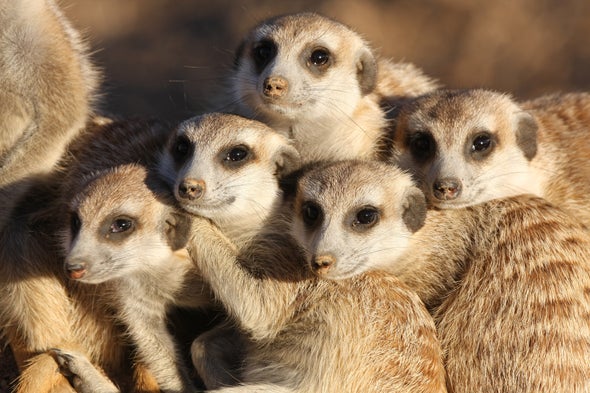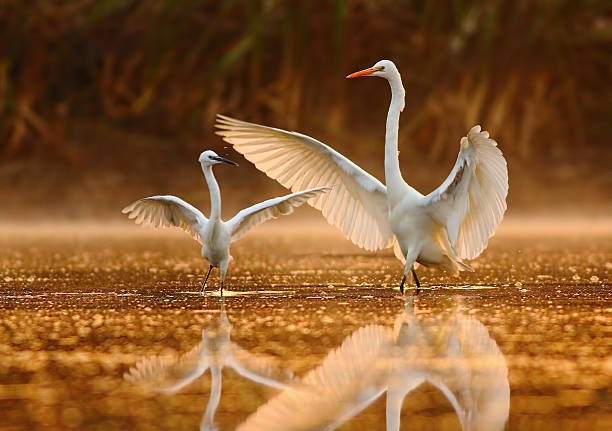Platypus (Duck-billed platypus)
INTRODUCTION
Hi, I am a Duck-billed platypus. The thing which makes us distinctive from other animals is that we are egg-laying mammals. My physical features are: my duck-like face, and my beak-shaped mouth, sprawling reptile-type gait and flattened almost scaly beaver-like tail make us an unmistakable animal. My waterproof body fur has a plush texture that is reminiscent of that of a mole. The color of my unique body is dark brown to reddish-brown on my top and pale brown to silvery cream underneath. My probing bill is very sensitive to both touch and water-borne electrical signals from the muscles of my small aquatic prey. My natural power is that we have an unusually high density of red blood cells to enable us to make deep dives in pursuit of our quarry. My yummy diet helps me to boost my immunity, which consists of small water animals such as insect larvae, freshwater shrimps, and crayfish. I’m an inhabitant of wetlands and all still bodies of water, including lakes, ponds, pools, marshes, bogs, swamps, rivers, streams, and all flowing water. Although we are solitary and yet occupy overlapping home ranges. However, my breeding season starts between June and October in Australia. In this season our males defend their territories. Our males have a venomous spur on each hind foot, with which he attempts to wound their rivals if he feels threatened. We built our home in a bankside burrow, usually about 5 m (16 ft) long but may reach up to 30m (98 ft). After a gestation period of one month, our female incubates her clutch of 1-3 soft, leathery-shelled eggs for 10 days. After the young hatch, she suckles them for 4 months in the burrow, leaving them walled in for periods of up to 38 hours while she forages.
- AVG. READING TIME: 10 MINUTES
- UPDATE: 10/04/2022
DIET : Small water animals such as insect larvae, freshwater shrimps, and crayfish
HABITAT : Wetlands and all still bodies of water, including lakes, ponds, pools, marshes, bogs, and swamps, rivers, streams, and all flowing Water
SOCIAL UNIT : Individual
LOCATIONS : E. Australia. (including Tasmania) New Guinea
STATUS / POPULATION : Near threatened (UCN) Strong possibility of becoming endangered in the near future / There are 300,000 Platypuses left in the world
MAMMALS: EGG-LAYING
KEY FACTS

SCIENTIFIC CLASSIFICATION
Kingdom – Animalia
Phylum – Chordate
Class – Mammals
Order – Monotremata
Family – Ornithorhynchidae Gray
Genus – Ornithorhynchus Blumenbach
Genus Species – Ornithorhynchus anatinus
INTERESTING FACTS
1- Like a shark, the platypus uses electronic impulses to detect underwater prey and locate objects in the darkest depths of the creeks and rivers they call home
2- Platypuses are egg-laying mammals
3- Platypuses are venomous
-
CALLING NAMES / SCIENTIFIC NAME
Calling name: Duck-billed platypus, Water Mole' in Arabic, broad-nose in Icelandic, 'duck-billed mammal' in Hungarian, 'water beak animal' in Finish
Scientific Name: Ornithorhynchus anatinus -
COLOUR VARIATIONS
The color of our body is dark brown to reddish-brown on top and pale brown to silvery cream underneath
Most of the fur is dark brown, except for a patch of lighter fur near each eye, and lighter-colored fur on the underside. -
LIFE SPAN : CAPTIVITY / WILD
Captivity: 20 years average
Wild: 23 years average -
APPROXIMATE SIZE : LENGTH / HEIGHT
Length: 38 - 60 cm (15 - 24 inches)
Height: Estimated (8 - 10 inches) -
TAIL
8.5 - 15 cm (3.25 - 6 inches)
-
WEIGHT
0.8 - 2.5kg (1.25 - 5.5 lb)
-
MIGRATION
Platypus have been known to migrate across paddocks and similar land to reach new home waterways
-
SEX IDENTIFICATION
MALE: Adult males being, on average, about 40% heavier and about 10% longer than adult females )
Female: females are light in weight and shorter in lenght then males -
BREEDING SEASON
The platypus mating season is between June and October in Australia
-
REPRODUCTION / GESTATION PERIOD
Reproduction : Once a year
Gestation period : One month -
CLUTCH / LITTER SIZE
1 - 3 egg
-
SIMILAR SPECIES
Echidnas
-
LOOK A LIKE
Duck
-
FARM ANIMAL
No
-
FOUNDED IN / DISCOVERED
When the duck-billed platypus was first discovered back in 1799, many people thought the animal was so strange that it must be a joke played by the biologist who discovered it George Shaw
-
ORIGIN
Australia
-
DISTRIBUTION
Eastern Australia, including Tasmania
-
OCCURRENCE
Families: 2
Species: 5 -
FUEL FOR LIFE / TROPHIC LEVEL
Carnivorous
-
SIGNS / MARKS
None
-
PREDATORS
Snakes, water rats, goannas, and introduced animals such as foxes, cats and dogs
-
AVAILABLITY IN ZOO / MUSEUM
As of 2019, the only platypuses in captivity outside of Australia are in the San Diego Zoo Safari Park in the U.S. state of California. Three attempts were made to bring the animals to the Bronx Zoo, in 1922, 1947, and 1958
-
TO HUMANS
Duck billed platypus are dangerous
-
AS A PET
Not recommended
-
KIDS FAVOURITE
No




